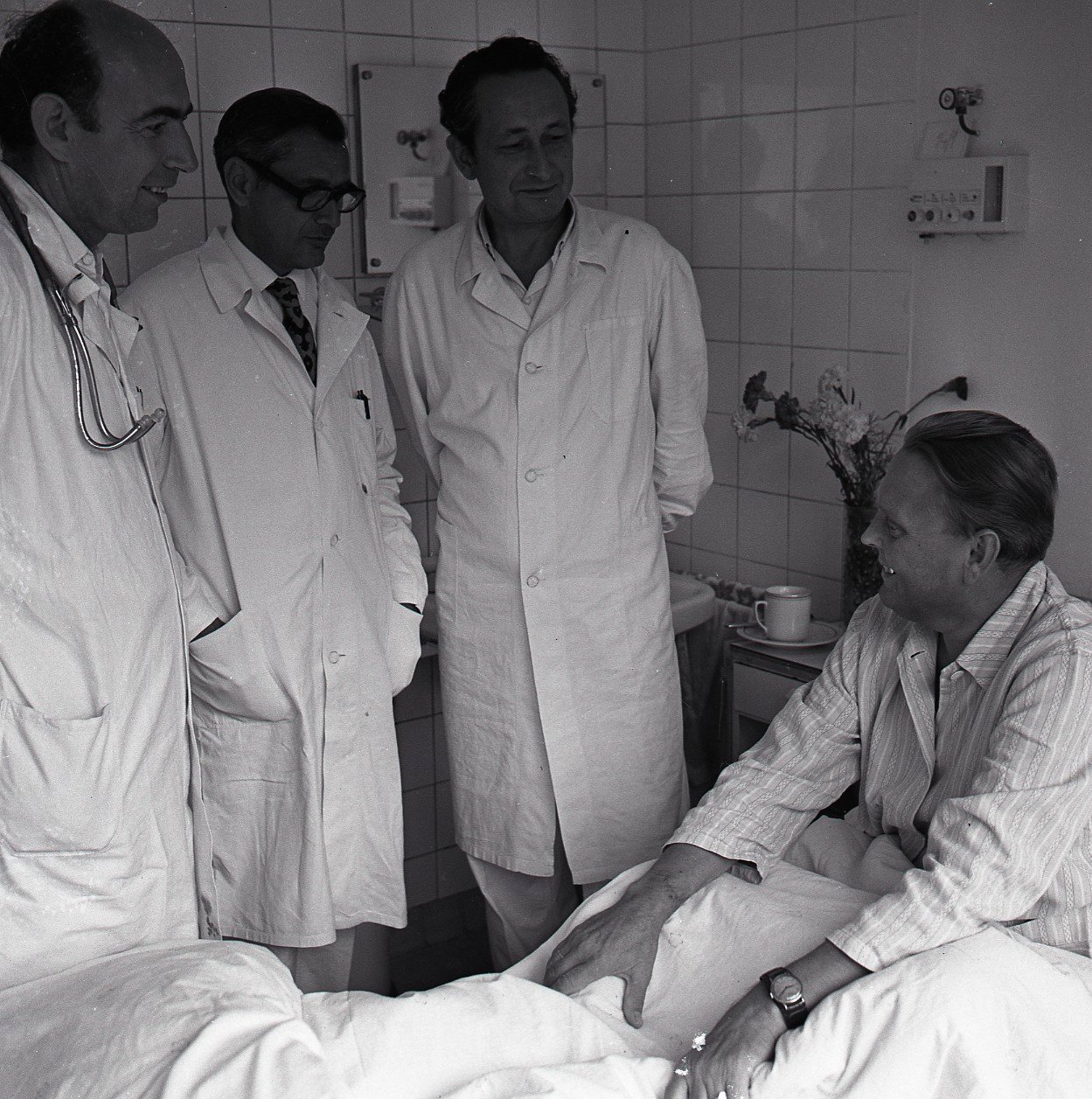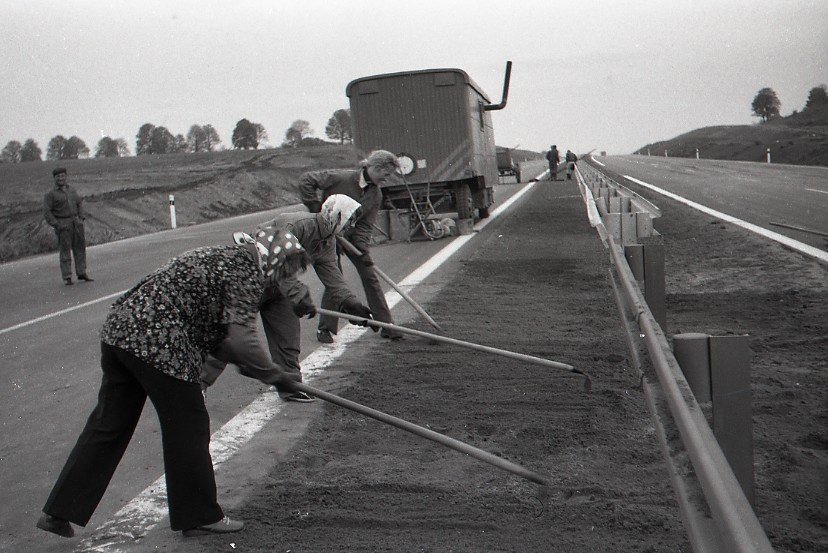“The healthcare system during the socialist era was better, people lived longer, and less people died early due to diseases”
according to 63% of respondents participating the April 2018 poll carried out by the FOCUS agency.
Facts and disproval of the myth ↓
Based on the declared absence of charges (accompanied by omnipresent corruption) and extensive availability (manifested by high numbers of personnel and beds), the communists succeeded in creating an illusion of a functioning healthcare system but that system had no access to modern diagnostic equipment and methods, treatment, and medical products and the quality of health services was not a topic of concern. Results achieved by the socialist healthcare system were much worse than the results of the current healthcare system and those achieved in Western non-socialist countries at that time.
The life expectancy may serve as an example as it indicates the standard of living of people and is conditioned by healthcare and other factors, including the environment. The life expectancy in Slovakia increased significantly after the fall of socialism: by 7 years in men and by 5 years in women. The low quality of life of people, falling behind the West, during the socialist era was documented also by opening of the life expectancy “scissors” to our detriment. While the life expectancy in Slovakia was higher than in Austria in 1960 (by almost a year in women and 2.5 years in men), in 1989 it was significantly lower (by 3.3 years in women and 5.5 years in men).
Similar developments were recorded also in other socialist countries when compared to Western countries. While the life expectancy of women stagnated and the life expectancy of men was dropping down in the East Europe, the life expectancy in the West Europe increased by 4.5 years on average.
The socialist healthcare system was lagging behind that in the West to an increasing extent, particularly as concerns treatment of cardiovascular diseases, cancer, external death causes, and other lifestyle diseases. That situation was caused by a lack of modern diagnostic means (devices, laboratories), quality medical products, particularly innovative ones, and a lack of quality medical devices. The system was not able to keep up with the progress achieved within treatment of those diseases in the West. For instance, a national oncology register was established in Slovakia only in 1978 despite the fact that already at that time, cancer was the second most frequent cause of death, following cardiovascular diseases.
The health services were paid for through taxes and by informal payments (corruption), contacts, and return services. Corruption behind medical care was a common phenomenon. According to the available data, a doctor´s wage in the eighties amounted to approximately 1.5 time the average wage while today it amounts to approximately 3 times the average wage. As concerns availability, the socialist healthcare system was available at so called physical level – everyone had his/her district or factory doctor and each district had a hospital but today, we expect the current healthcare system to provide state-of-the-art treatment methods.
For instance, if we compare the years 2015 and 1988, the current Slovak healthcare system is able to treat by 16% more patients and needs by 40% less treatment time for that. Treatment processes have become significantly more efficient also thanks to the progress achieved within implementation of modern medical technologies. Three top cardiology centres and three oncology institutes have been built – no such institutions existed before 1989. They are available to all inhabitants, not only to the political elite as it was the case during the socialist era. There were two systems during socialism: for ordinary people and for the nomenclature, i.e. communist party officials and other chosen ones who were provided with better medical services than a majority of other people (more in chapter 2.7 Health and healthcare system).



